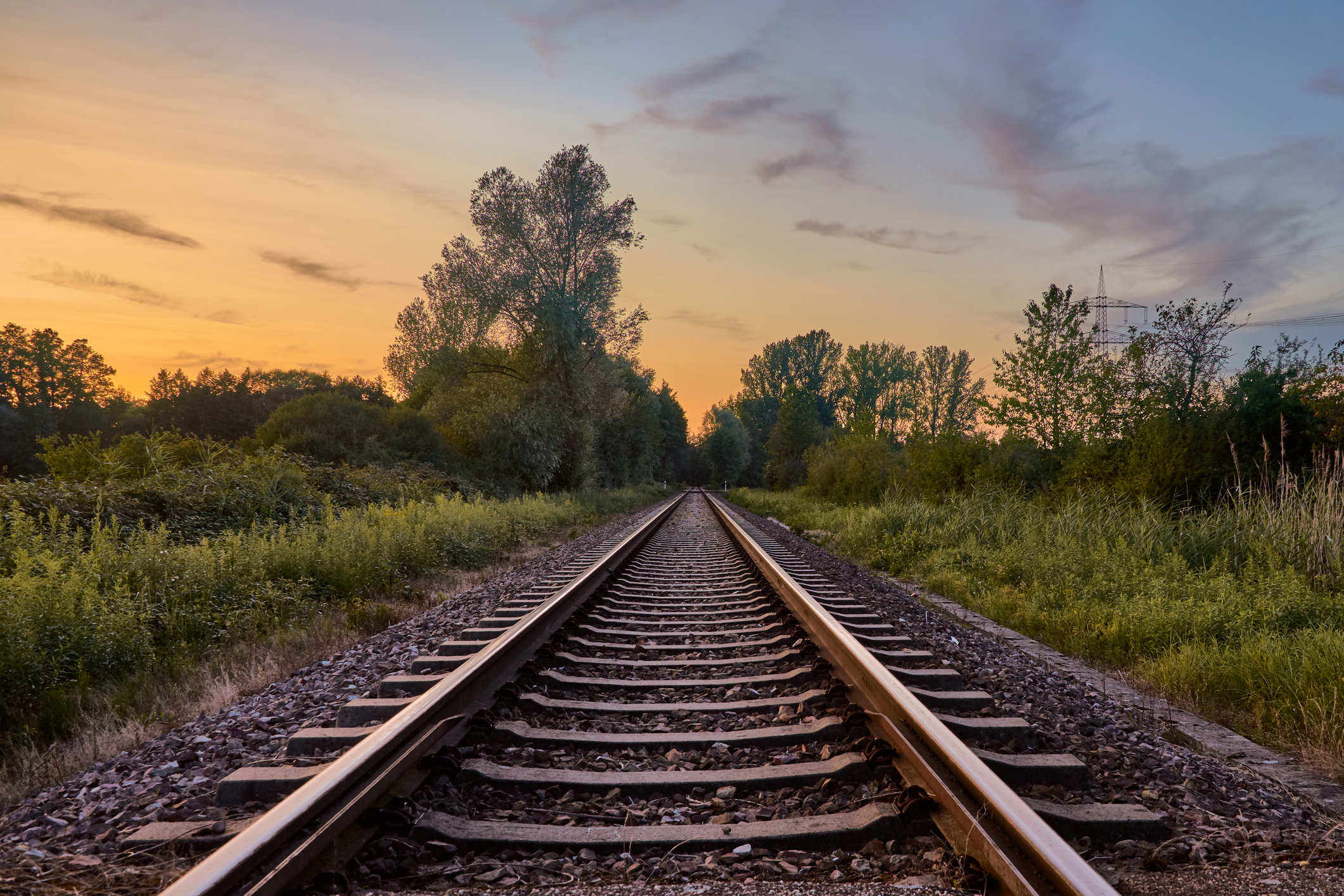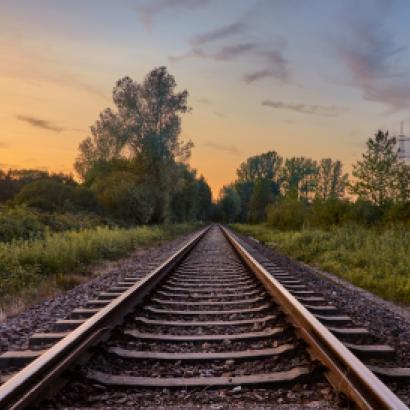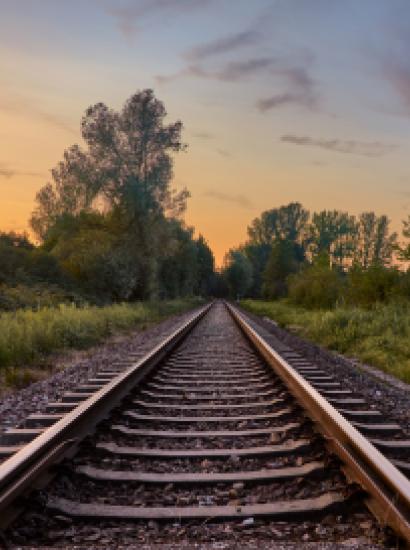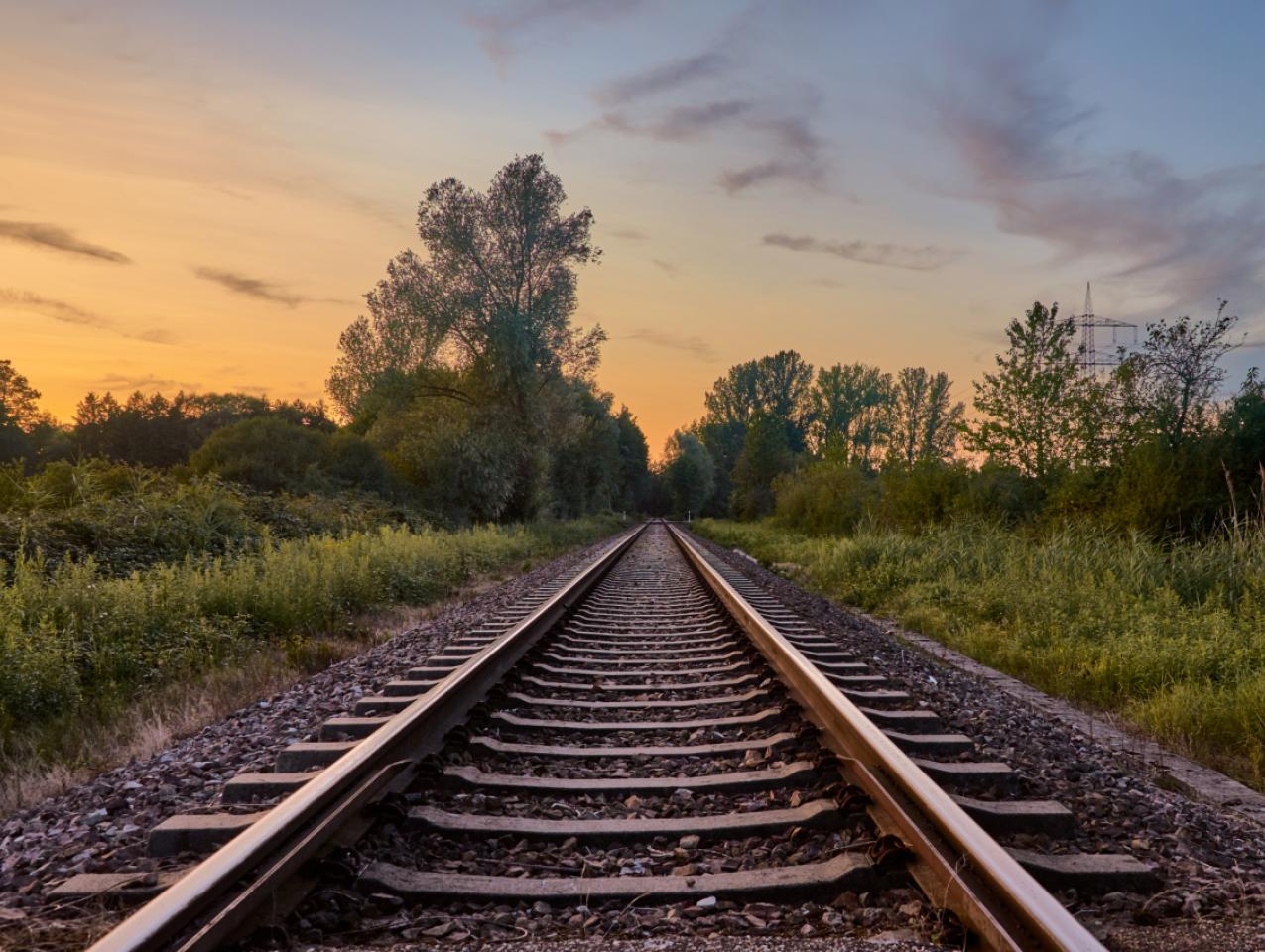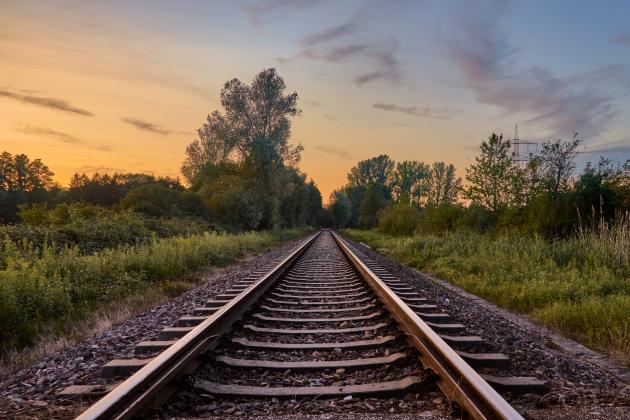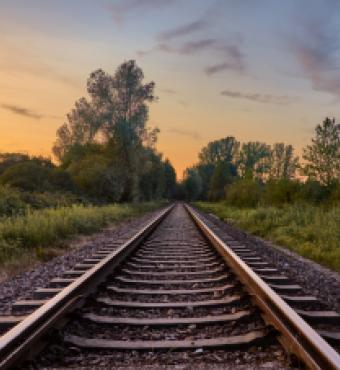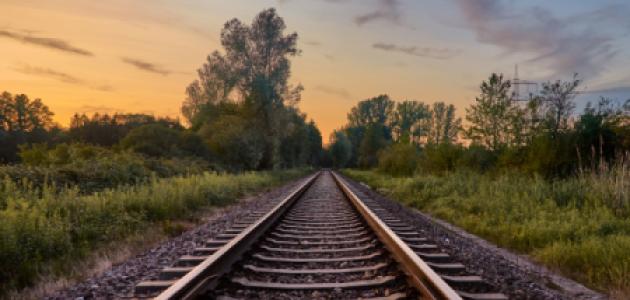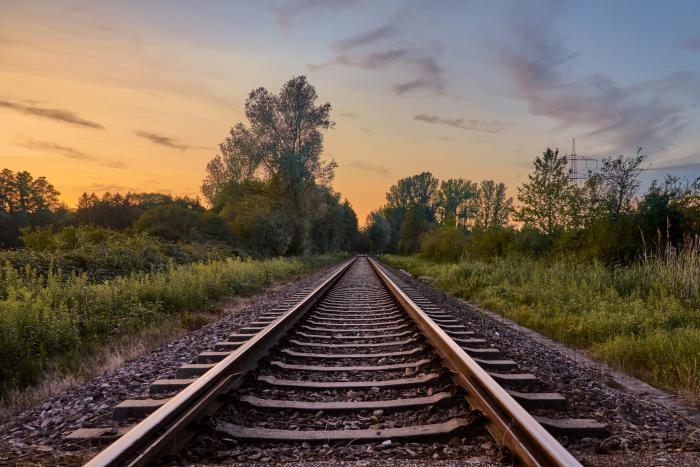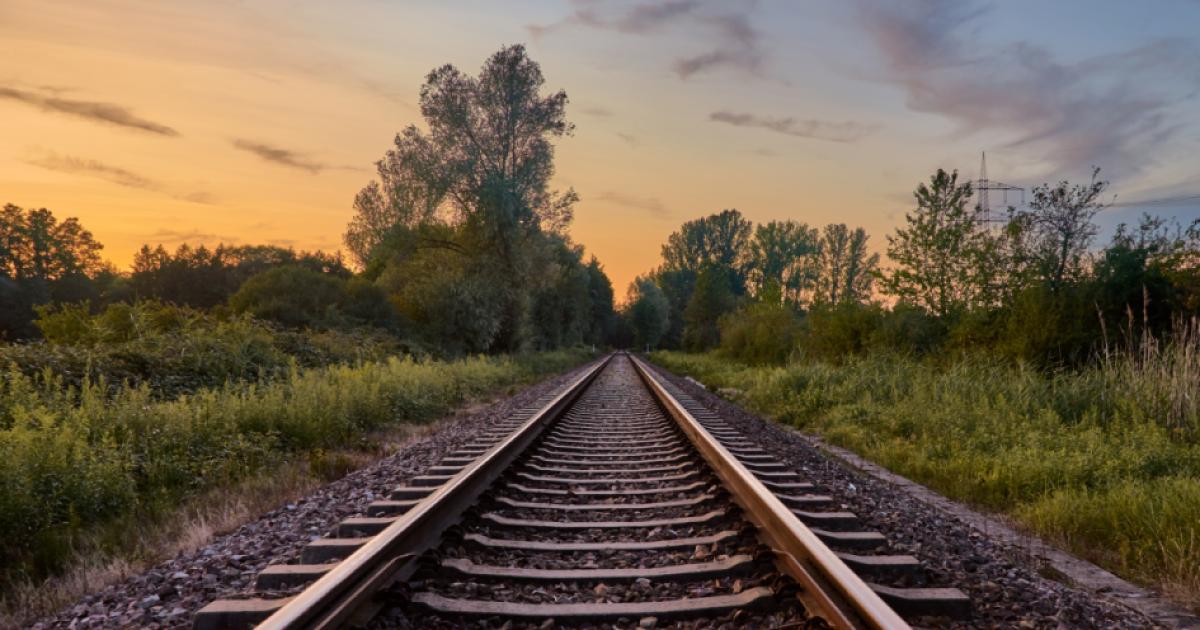- California
- State & Local
- Empowering State and Local Governance
Unlikely though it may seem, as the man’s been a daily news presence for reasons both political and personal since the Trump administration took office three months ago, there are aspects of Elon Musk’s dreams and aspiration that haven’t borne closer scrutiny.
One such example: the Tesla and SpaceX CEO’s desire to construct a 3,000-mile transatlantic underwater tunnel that could ferry travelers by vacuum tube between London and New York City in under an hour’s time. Musk recently went so far as to say he could deliver the project at a fraction of its previously estimated $20 trillion cost.
Before you laugh Musk out of the room (or better yet, take to the internet to check the status of his plans for Mars colonization), here’s a reminder that it is possible to complete imaginative underwater rail projects. Just look 70 miles to the southeast of London and the town of Folkestone, which is home to the UK terminal for the Channel Tunnel, aka the “Chunnel.” Not only was the 31.5-mile rail line completed three decades ago (though engineers had been toying with the idea since the days of Napoleon), it reported record profits in 2024.
If Musk is willing, there’s an ambitious rail project that could use his help. And it happens to be in the American state with which Musk has a complicated relationship. This would be California’s plan to build a high-speed rail system between Los Angeles and San Francisco, which qualifies as something of an endangered species given its construction delays, cost overruns, and uncertain funding stream moving forward.
California’s adventure in high-speed rail construction began innocently enough: In 2008 voters approved Proposition 1A, which authorized a $9 billion down payment on the design and construction of a rail system that could connect Los Angeles and San Francisco in less than three hours. Supporters predicted the line would be completed by 2020 at total capital costs of $33 billion. According to the California High-Speed Rail Authority’s business plan at the time, the project would “be built with major capital contributions from multiple sources, including the State of California, the federal government, local and regional governments and private sector investors.”
Let’s fast-forward to 2025 and the current state of high-speed rail in the Golden State.
According to California’s Legislative Analyst’s Office, the project is now $7 billion shy of the $35.3 billion required to build just 170 miles of high-speed rail linking the Central Valley cities of Merced and Bakerfield, a segment of the project that is expected to be operational within the next decade. Per state officials, California needs an additional $100 billion to complete the entire system. As for a target date for a grand opening ceremony in either metropolis: that’s a mystery.
So, getting back to our fantasy of Musk riding to California’s rescue, let’s assume the world’s richest man would begin by asking a simple question: How did this go wrong?
To which there are several answers.
First, one could argue that plan went off the rails well before any vote was cast in favor of a bullet train or any California ground was broken: In 1999, the California High-Speed Rail Authority selected a route that included the more voter-rich Pacheco Pass and Highway 99 rather than a less expensive path along Interstate 5 and the Altamont Pass.
Second, the plan never had a solid financial model, other than the hope that funding sources could be covered by the aforementioned Proposition 1A bond, revenue from the state’s cap-and-trade program for greenhouse gases (some $32 billion over the past dozen years), plus largesse in the form of federal funding.
That last funding source has turned out to be a challenge for California regardless of who’s in control in Washington. Consider the celebratory press release issued by California High-Speed Rail during the tenure of noted train enthusiast Joe Biden: a $3.1 billion federal transportation grant for California’s high-speed rail project—i.e., a drop in the bucket. Even worse, that’s likely one more drop than will ever come out of the Trump administration’s faucet given (a) the president’s general disdain for the Golden State; (b) Republican members of Congress asking the FBI to investigate cost overruns; and (c) Vivek Ramaswamy, Musk’s former DOGE sidekick, likening California high-speed rail to “a wasteful vanity project.”
A third point of contention: The bright minds who tried to imagine a great high-speed rail project in arguably America’s most imaginative state ignored recent history.
Which takes us back to how the Chunnel came into existence.
While the British and French governments negotiated terms for getting the project off the ground, the actual construction was led by a private-sector consortium of five British and five French companies.
As for financing, the project was underwritten by private-sector capital, including five banks that were part of the TransManche Link construction consortium. Eventually, the Chunnel would tap into more than 220 banks and more than 20,000 private investors over the years.
Moreover, the French-English experience offered a cautionary tale for future ambitious construction. According to a Barron’s opinion piece, “The greatest divides to be spanned by the tunnel were the cultural channel between Britain and France, the economic chasm between the banks and contractors, and the regulatory gulf between government and private industry.”
Returning to California, it’s obvious that state planners lack “Chunnel vision.” Take the question of finding sources of private funding if, presumably, the federal government won’t help. According to Ray LaHood, who served as federal transportation secretary during the Obama administration, “The key to unlocking . . . private dollars is first securing a fixed level of funding, year-in and year-out, from the state government.”
But how does that square with fiscal reality in Sacramento?
Back in January, California Governor Gavin Newsom proposed a $322 budget without any deficit. The next day, parts of Los Angeles erupted in flames. With the wildfires long contained, the question now shifts to whether the state will offer a $1 billion bailout for LA’s deficit-stricken budget. Newsom’s spending plan also didn’t envision a $6.2 billion Medi-Cal hole in the state’s budget—what comes from expanding healthcare coverage to California’s low-income population to regardless of age restrictions or immigration status. And there’s yet another budgetary wild card that’s emerged in recent weeks: what tariffs and fluctuating markets will do to California’s near-term revenue stream in the event of a trade war.
Yet another factor to consider in any scenario involving Musk and the rescue of California’s high-speed rail: What does he really think of the land he once called home?
This much we know: It wasn’t long ago that Musk and the Golden State had a messy parting of the ways, Musk moving his companies SpaceX and X (formerly Twitter) to Texas and reportedly selling all seven of the houses he once owned in California for nearly $128 million (and a profit of around $25 million).
The same California governor (Newsom) who might turn to a visionary like Musk in a time of need is currently suing the Trump administration over a DOGE-inspired effort to dismiss AmeriCorps volunteers (though Musk and Newsom have a common nemesis in the anti–Space X California Coastal Commission). So much for confusing California’s State Capitol with the DOGE-friendlier vibes of Palm Beach.
There’s one other role Elon Musk could play in the future of California high-speed rail: rather than addressing the project’s shortcomings, underwrite a ballot initiative that would end the project altogether.
Twice in the last 15 years, conservative organizers have talked about going to the ballot to end high-speed rail only to decide otherwise. (A proposed 2020 measure would have coupled high-speed rail’s demise with a repeal of a state gas tax increase). While Musk’s participation in a threat to the Golden State’s highest-profile public construction project likely would spark a war with California’s labor factions, his deep pockets would ensure a very public debate.
And maybe a television ad featuring this sound bite from a prominent California Democrat, talking about high-speed rail: “Let’s be real. The project, as currently planned, would cost too much and take too long. There’s been too little oversight and not enough transparency. Right now, there simply isn’t a path to get from Sacramento to San Diego, let alone from San Francisco to LA. I wish there were.”
The man who said those words? Governor Newsom, on the occasion of his first State of the State Address from six years ago.
Not that the state of high-speed rail in the Golden State has improved in the time since.
Or that Elon Musk wants to be its conductor.







